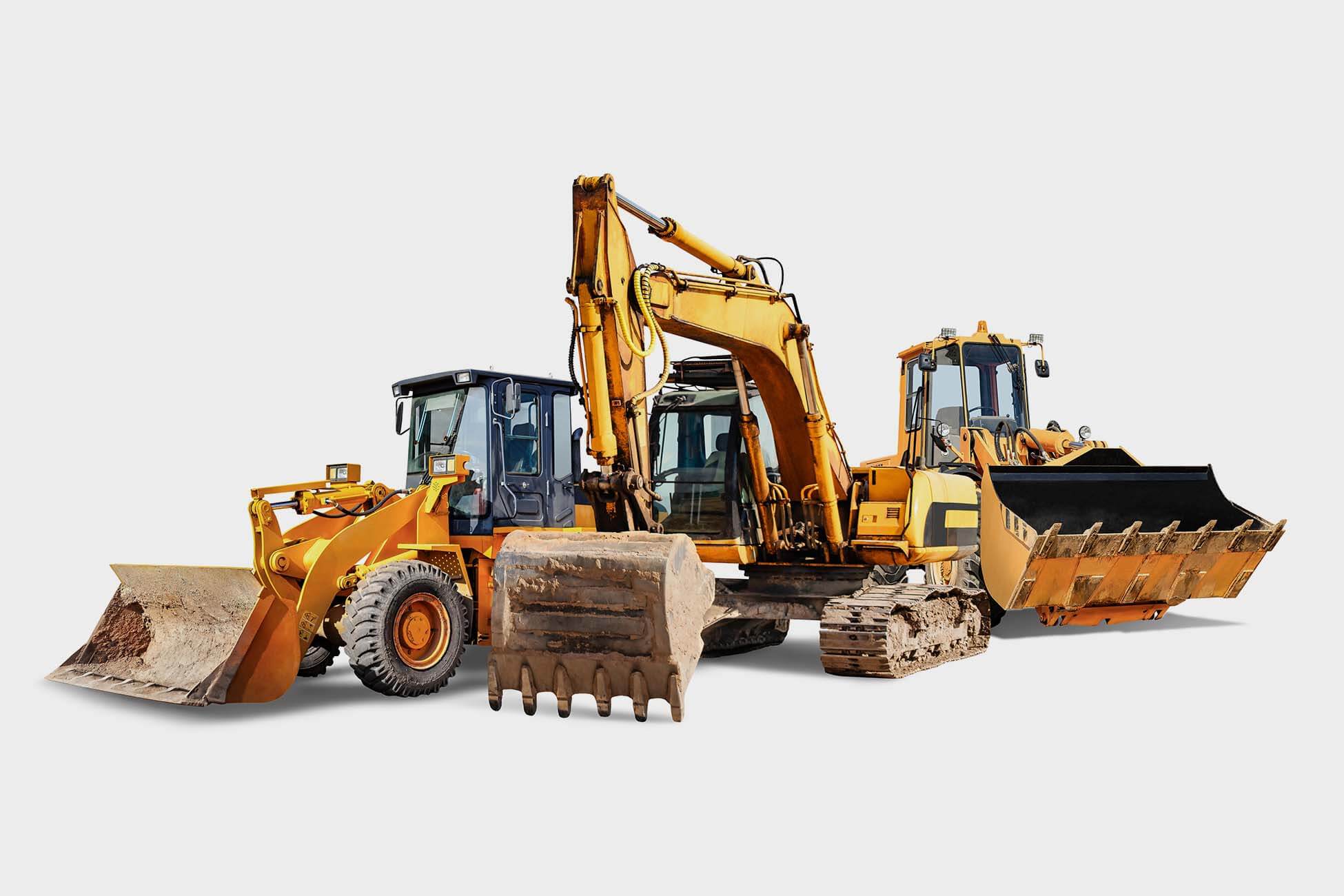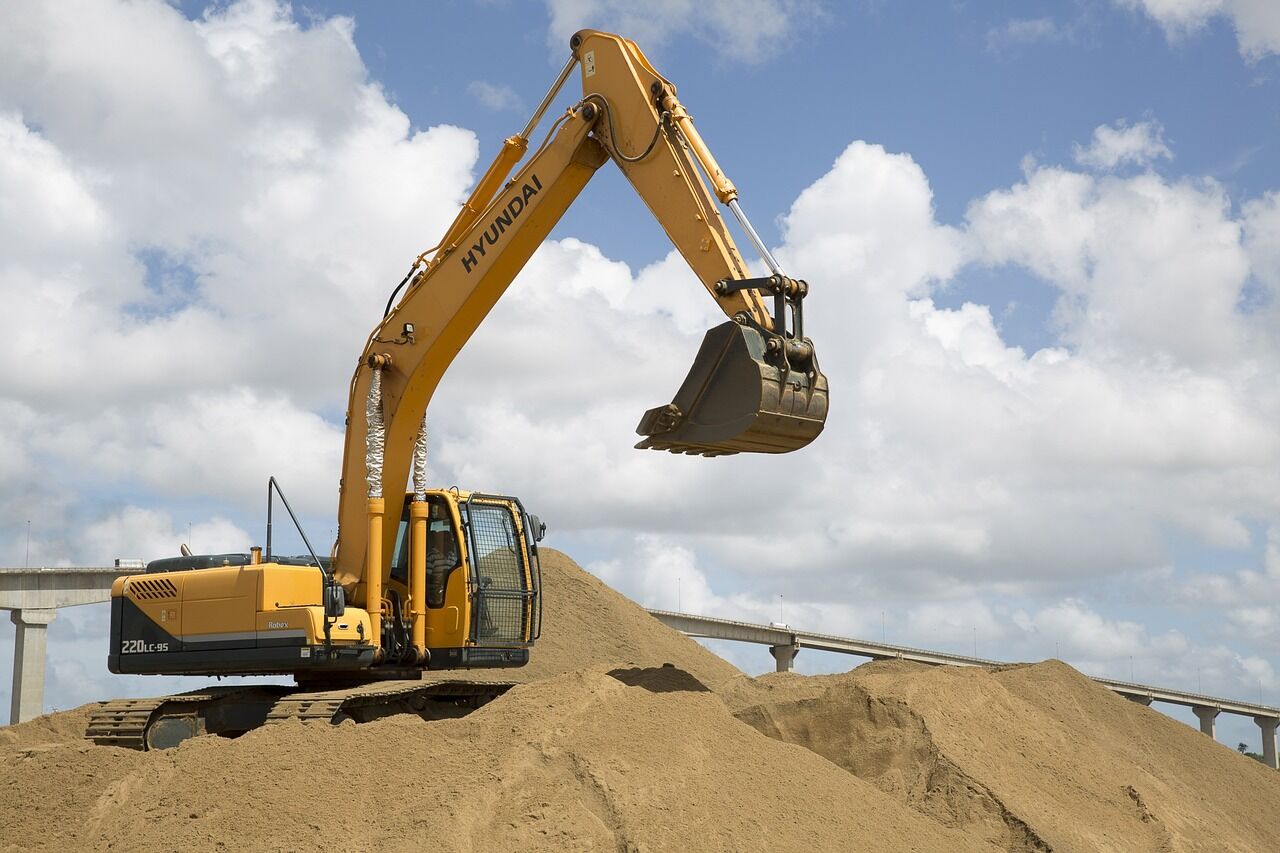Equipment Rental Company in Tuscaloosa, AL: Your Relied On Resource for Equipment
Wiki Article
Exploring the Financial Advantages of Renting Construction Tools Contrasted to Possessing It Long-Term
The choice between renting out and owning building and construction equipment is essential for economic administration in the sector. Renting out deals prompt expense savings and functional flexibility, permitting firms to assign sources much more efficiently. Comprehending these subtleties is necessary, particularly when taking into consideration exactly how they align with specific task needs and monetary strategies.
Cost Contrast: Renting Vs. Owning
When evaluating the financial effects of renting out versus possessing building and construction devices, an extensive cost contrast is vital for making informed choices. The option between renting out and having can considerably influence a business's profits, and comprehending the linked expenses is essential.Leasing building and construction equipment typically entails reduced upfront expenses, allowing companies to allot funding to other operational requirements. Rental costs can collect over time, possibly going beyond the expense of ownership if equipment is needed for a prolonged duration.
On the other hand, having building tools calls for a significant first investment, together with continuous expenses such as financing, insurance coverage, and devaluation. While ownership can result in long-lasting savings, it also ties up resources and might not give the same level of adaptability as leasing. Furthermore, owning tools demands a dedication to its application, which may not always align with task needs.
Eventually, the decision to rent or possess should be based on an extensive analysis of details project requirements, monetary ability, and lasting strategic objectives.

Upkeep Costs and Responsibilities
The choice in between leasing and owning building and construction tools not just entails economic considerations however additionally includes recurring upkeep expenditures and duties. Owning tools requires a considerable commitment to its upkeep, which consists of regular evaluations, repair services, and possible upgrades. These duties can quickly gather, bring about unforeseen costs that can strain a budget.On the other hand, when renting out devices, upkeep is normally the duty of the rental company. This setup permits professionals to avoid the financial burden connected with wear and tear, along with the logistical obstacles of scheduling repair work. Rental agreements frequently consist of arrangements for upkeep, suggesting that contractors can concentrate on completing jobs as opposed to stressing regarding equipment problem.
In addition, the diverse series of equipment available for lease allows companies to pick the current versions with sophisticated modern technology, which can improve performance and efficiency - scissor lift rental in Tuscaloosa, AL. By going with leasings, services can stay clear of the lasting responsibility of devices devaluation and the connected maintenance migraines. Eventually, examining maintenance expenses and responsibilities is important for making a notified decision regarding whether to lease or have construction equipment, significantly influencing overall project expenses and functional efficiency

Devaluation Influence On Possession

A significant aspect to think about in the choice to have building equipment is the influence of devaluation on total ownership prices. Depreciation stands for the decline in worth of the devices over time, influenced by factors such as usage, wear and tear, and improvements in innovation. As devices ages, its market price reduces, which can considerably impact the proprietor's financial setting when it comes time to sell or trade the equipment.
For building and construction companies, this depreciation can convert to considerable losses if the tools is not used to its maximum capacity or if it lapses. Owners have to account for depreciation in their monetary estimates, which can cause greater general expenses compared to renting out. Furthermore, the tax obligation ramifications of devaluation can be complicated; while it may provide some tax obligation advantages, these are often countered by the fact of minimized resale value.
Eventually, the worry of depreciation stresses the value of understanding the lasting monetary commitment associated with owning building and construction equipment. Firms should carefully review exactly how often they will certainly utilize the devices and the prospective economic effect of devaluation to make an educated choice about ownership versus leasing.
Economic Flexibility of Renting Out
Renting construction tools provides substantial financial versatility, enabling firms to allot resources extra efficiently. This versatility is particularly vital in an industry identified by varying task demands and varying workloads. By choosing to lease, companies can stay clear of the significant capital expense required for buying devices, protecting money flow for other operational needs.Additionally, renting out tools makes it possible for firms to customize their equipment choices to specific project needs without the lasting dedication related to ownership. This implies that companies can easily scale their equipment supply up or down based upon existing and awaited task mobile heavy machinery demands. As a result, this flexibility lowers the threat of over-investment in machinery that might become underutilized or outdated over time.
An additional economic benefit of renting out is the potential for tax advantages. Rental settlements are frequently considered operating budget, enabling for prompt tax obligation deductions, unlike depreciation on owned tools, which is spread over several years. scissor lift rental in Tuscaloosa, AL. This construction tools prompt cost acknowledgment can even more improve a firm's cash placement
Long-Term Job Factors To Consider
When reviewing the long-lasting needs of a building service, the choice between possessing and leasing tools becomes extra complex. For projects with extensive timelines, acquiring tools might appear useful due to the possibility for reduced total prices.The construction industry is advancing quickly, with new tools offering improved effectiveness and security features. This flexibility is particularly advantageous for companies that handle diverse jobs calling for various kinds of devices.
Moreover, financial stability plays a critical function. Possessing equipment frequently requires substantial capital financial investment and devaluation problems, while leasing enables more predictable budgeting and capital. Eventually, the choice between possessing and leasing ought to be lined up with the strategic purposes of the building and construction organization, taking right into account both present and awaited job demands.
Verdict
In final thought, leasing building and construction equipment uses considerable financial benefits over long-lasting possession. Inevitably, the decision to rent rather than own aligns with the vibrant nature of building and construction tasks, allowing for flexibility and access to the most current equipment without the financial problems associated with ownership.As equipment ages, its market value diminishes, which can significantly affect the proprietor's economic setting when it comes time to offer or trade the equipment.
Leasing building and construction devices provides substantial economic versatility, enabling business moved here to allot resources extra efficiently.In addition, leasing equipment enables business to tailor their devices choices to specific project needs without the long-lasting commitment connected with possession.In conclusion, leasing building and construction equipment provides substantial monetary advantages over long-term ownership. Inevitably, the choice to lease rather than very own aligns with the dynamic nature of building and construction jobs, permitting for flexibility and accessibility to the latest tools without the monetary burdens associated with possession.
Report this wiki page